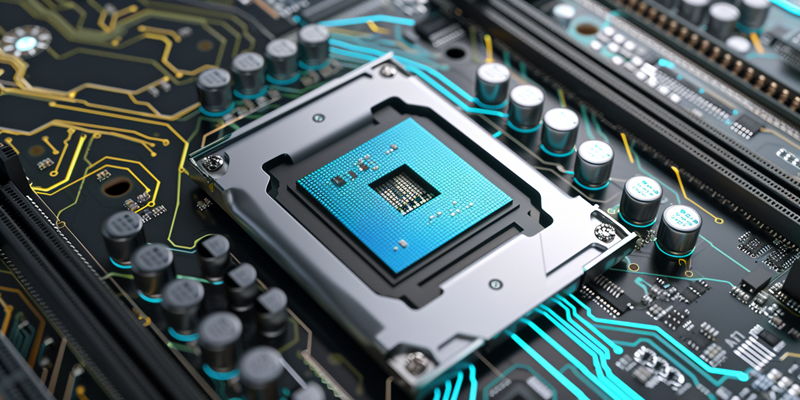Intel’s strategic roadmap unveils the forthcoming Adams Lake and Cooper Forest CPU families, signifying a leap in processing technology. These lineups are set to redefine productivity through groundbreaking core architectures for consumer and enterprise use. While Adams Lake aims at client-based computing enhancements, Cooper Forest targets server-side performance enhancements.
These revelations have surfaced through Linux code patches, highlighting Intel’s continuous commitment to progress in its “Family 6” CPU series. This dynamic in Intel’s development trajectory demonstrates the company’s dedication to innovating at the silicon level. Each new generation aims to surpass previous achievements in speed, efficiency, and computational power, promising to cater to the ever-growing demands of both personal computing and data centers. This ongoing evolution underscores Intel’s pursuit to maintain a competitive edge and adapt to the fast-paced advancements within the tech industry.
The Arrival of Adams Lake
Douglas Cove P-Core Architecture
Intel’s upcoming Adams Lake series represents a groundbreaking evolution in consumer CPU technology, featuring the all-new Douglas Cove P-Core design. This cutting-edge architecture is poised to dramatically boost computational efficiency and power, meeting the growing demands for enhanced performance across various applications, from casual computing to high-end gaming and professional content creation. While precise metrics for Adams Lake are not yet disclosed, the anticipation is that this new line of CPUs will mark a substantial step forward from existing options.
Client CPU Transformation
Intel consistently pushes the envelope with each CPU generation, and the forthcoming Adams Lake series is set to continue this trend. Sporting the innovative Douglas Cove P-Core architecture, Adams Lake promises to significantly elevate the performance and efficiency parameters in the computing domain. This stride toward cutting-edge core design reflects Intel’s dedication to spearhead the evolution of processing power, positioning users at the cusp of a new era in personal computing.
Cooper Forest’s Server Prowess
Sheldonmont E-Core Architecture
Intel’s upcoming Cooper Forest servers will incorporate the innovative Sheldonmont E-Core architecture, an embodiment of Intel’s commitment to creating high-efficiency CPUs for demanding data center environments. This shift toward E-Core designs demonstrates Intel’s focus on expertly balancing heavy workload management and energy efficiency.
Server CPU Evolution
Intel’s latest server CPU advancements, encapsulated in the Cooper Forest family, mark a significant milestone in server technology progression. As the digital landscape evolves with ever-increasing data demands, these processors are engineered to meet complex server requirements with superb efficiency and resilience.
The advent of Cooper Forest, alongside the Adams Lake series, signifies Intel’s relentless pursuit of technological excellence. These innovations are set to revolutionize both client and server performance. With these developments, Intel reinforces its commitment to leading the next wave of computing progress, encompassing profound implications for the future of data centers and the digital ecosystem at large.

